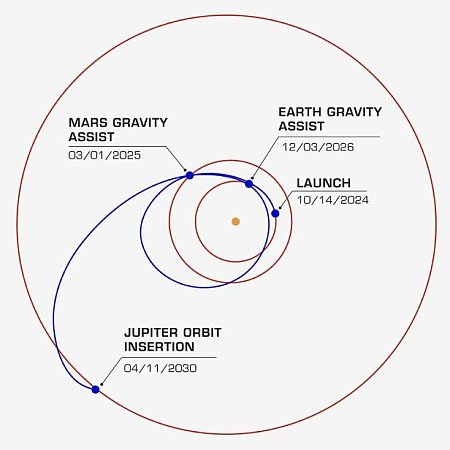Musk: Verizon’s upgrade of air traffic system failing; proposes Starlink instead
In a series of statements in the last few days Elon Musk has claimed that the $2.4 billion upgrade of the FAA’s air traffic system by Verizon is failing, and further suggested, in a proposal fraught with conflict-of-interest issues, that SpaceX take over the contract instead.
The CNN article that I link to above is surprisingly well written. It describes the situation fairly, and includes no slanderous asides on Musk or SpaceX, as I have found typical of almost every other article written by the propaganda press about this particular subject (or any about Musk).
If Musk says Verizon’s upgrade is failing, I would tend to believe him. That Verizon has barely begun work installing the upgrades, two years after winning the contract, reinforces his accusations. SpaceX has already provided the FAA at no cost three Starlink terminals for testing, and if it does get the job we can be sure the upgrade would be installed far quicker than this.
The conflict-of-interest issue however remains. I am not sure how, or even if, Musk or SpaceX can get around it.
In a series of statements in the last few days Elon Musk has claimed that the $2.4 billion upgrade of the FAA’s air traffic system by Verizon is failing, and further suggested, in a proposal fraught with conflict-of-interest issues, that SpaceX take over the contract instead.
The CNN article that I link to above is surprisingly well written. It describes the situation fairly, and includes no slanderous asides on Musk or SpaceX, as I have found typical of almost every other article written by the propaganda press about this particular subject (or any about Musk).
If Musk says Verizon’s upgrade is failing, I would tend to believe him. That Verizon has barely begun work installing the upgrades, two years after winning the contract, reinforces his accusations. SpaceX has already provided the FAA at no cost three Starlink terminals for testing, and if it does get the job we can be sure the upgrade would be installed far quicker than this.
The conflict-of-interest issue however remains. I am not sure how, or even if, Musk or SpaceX can get around it.














